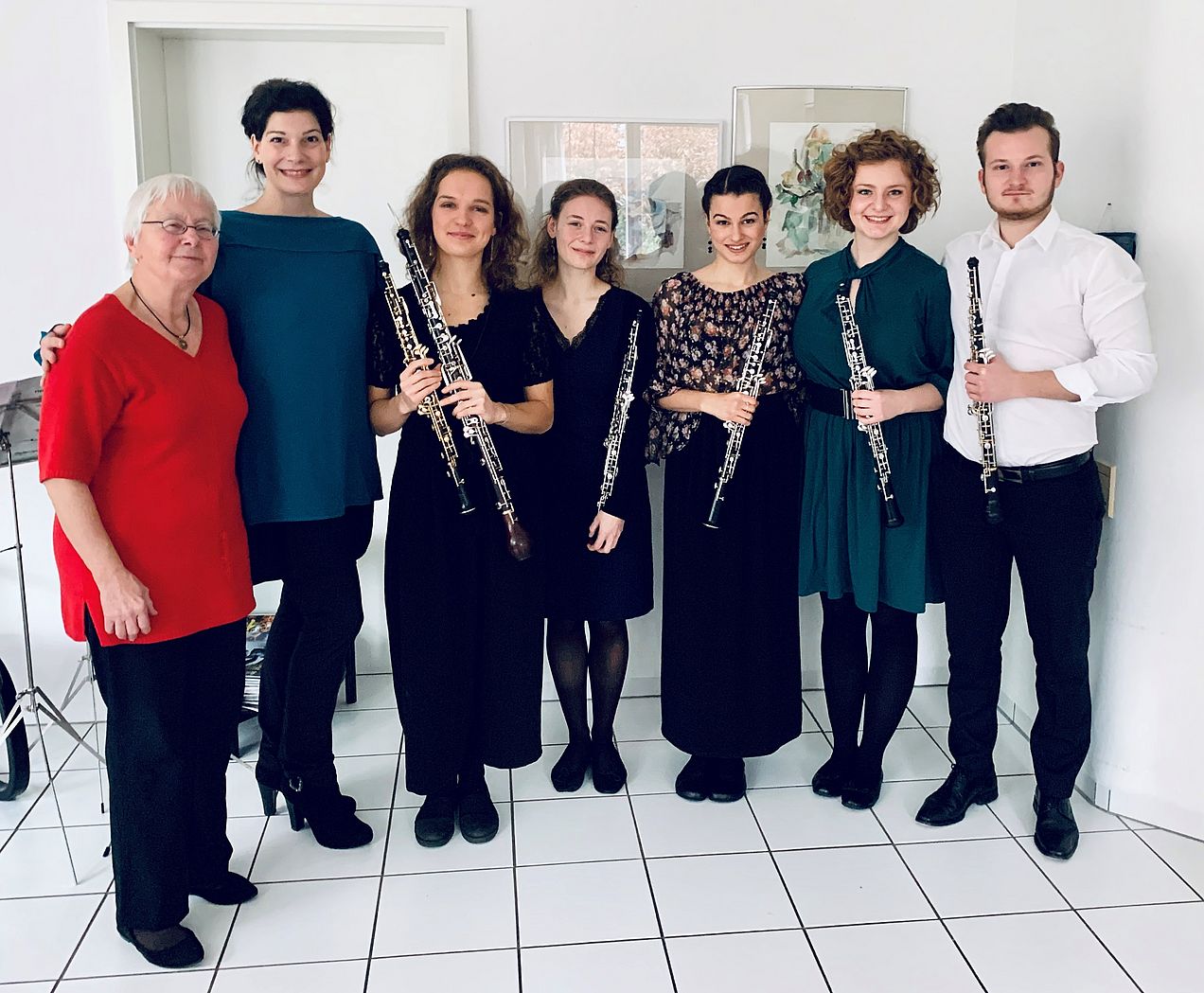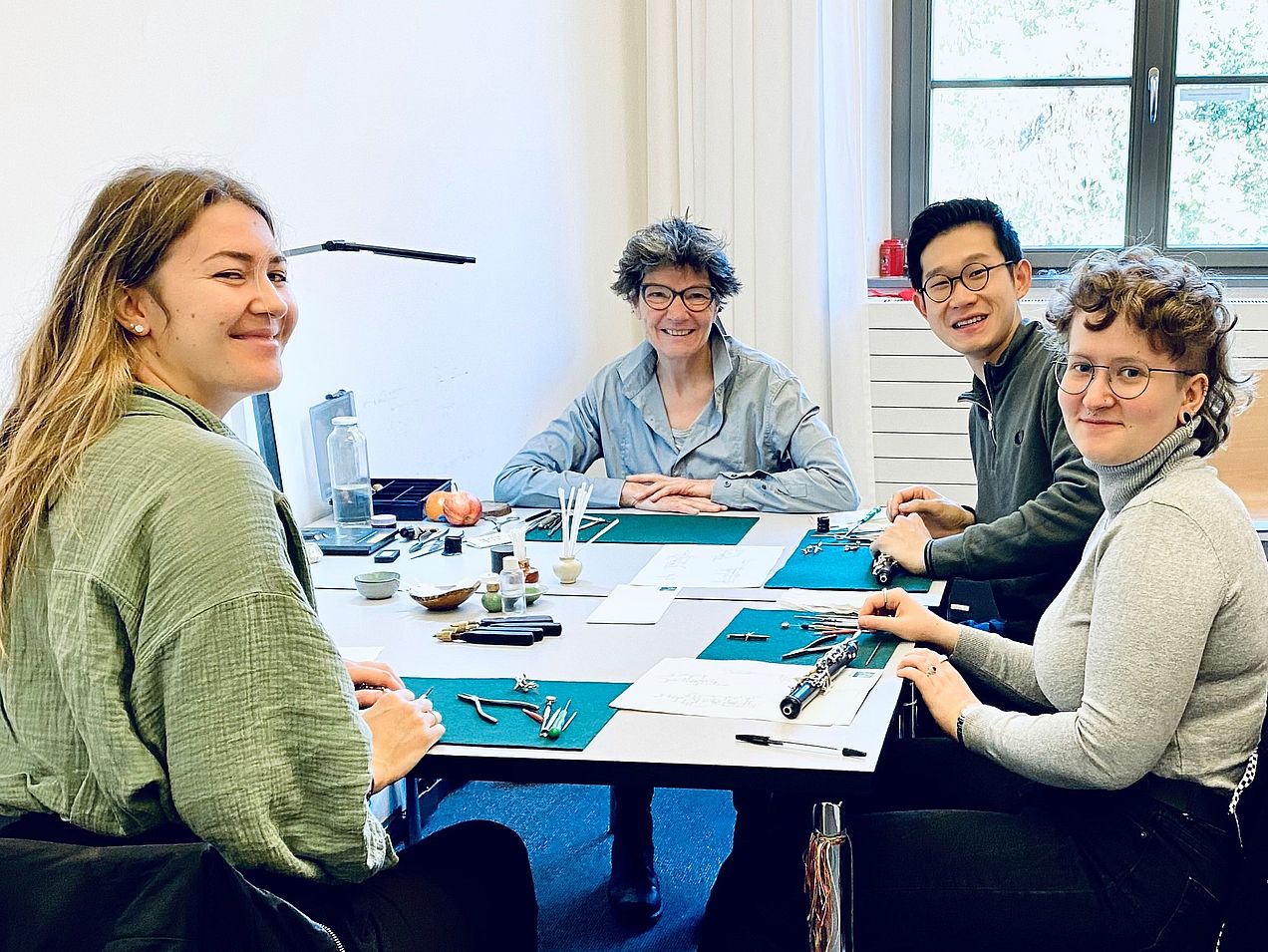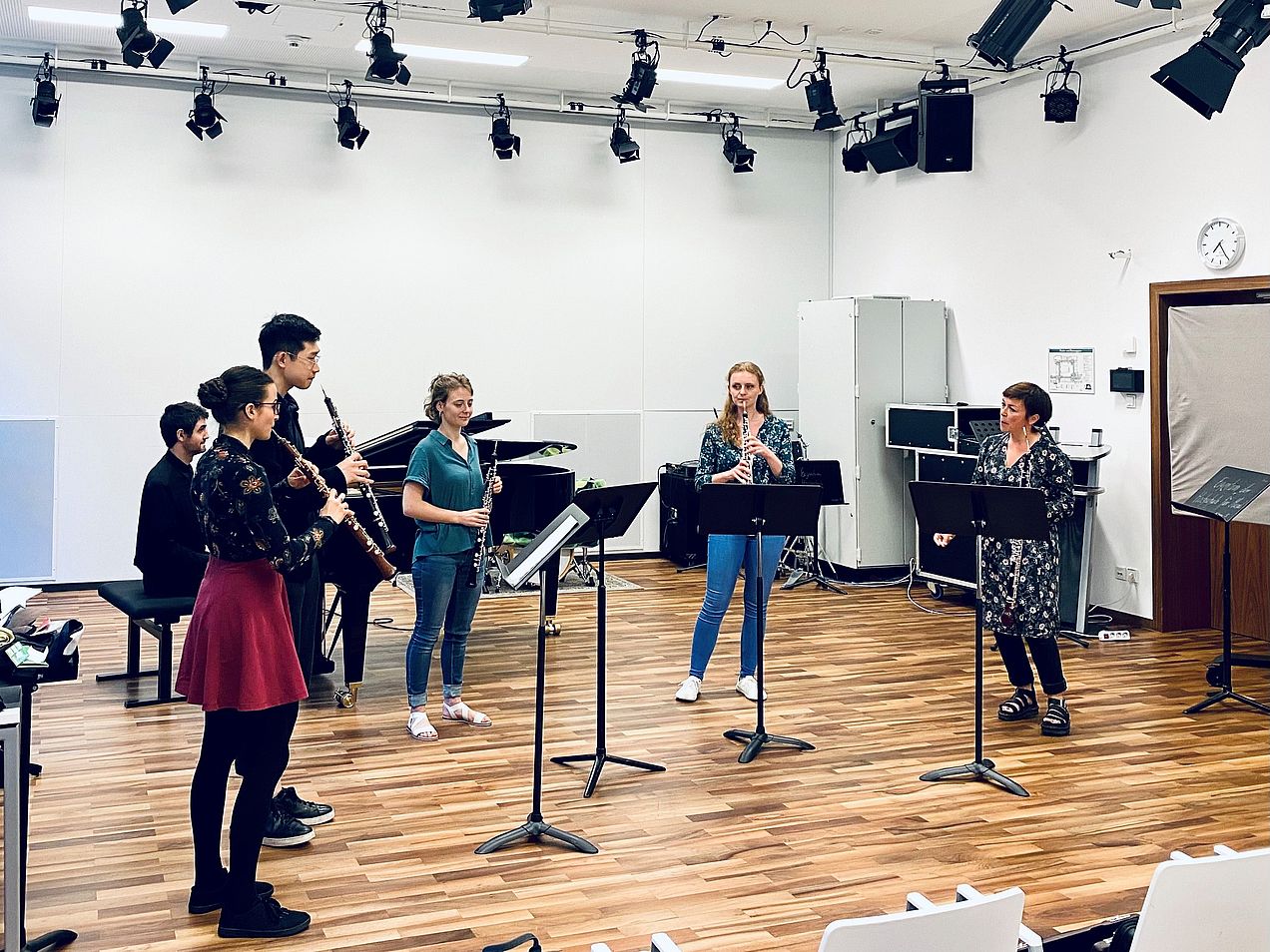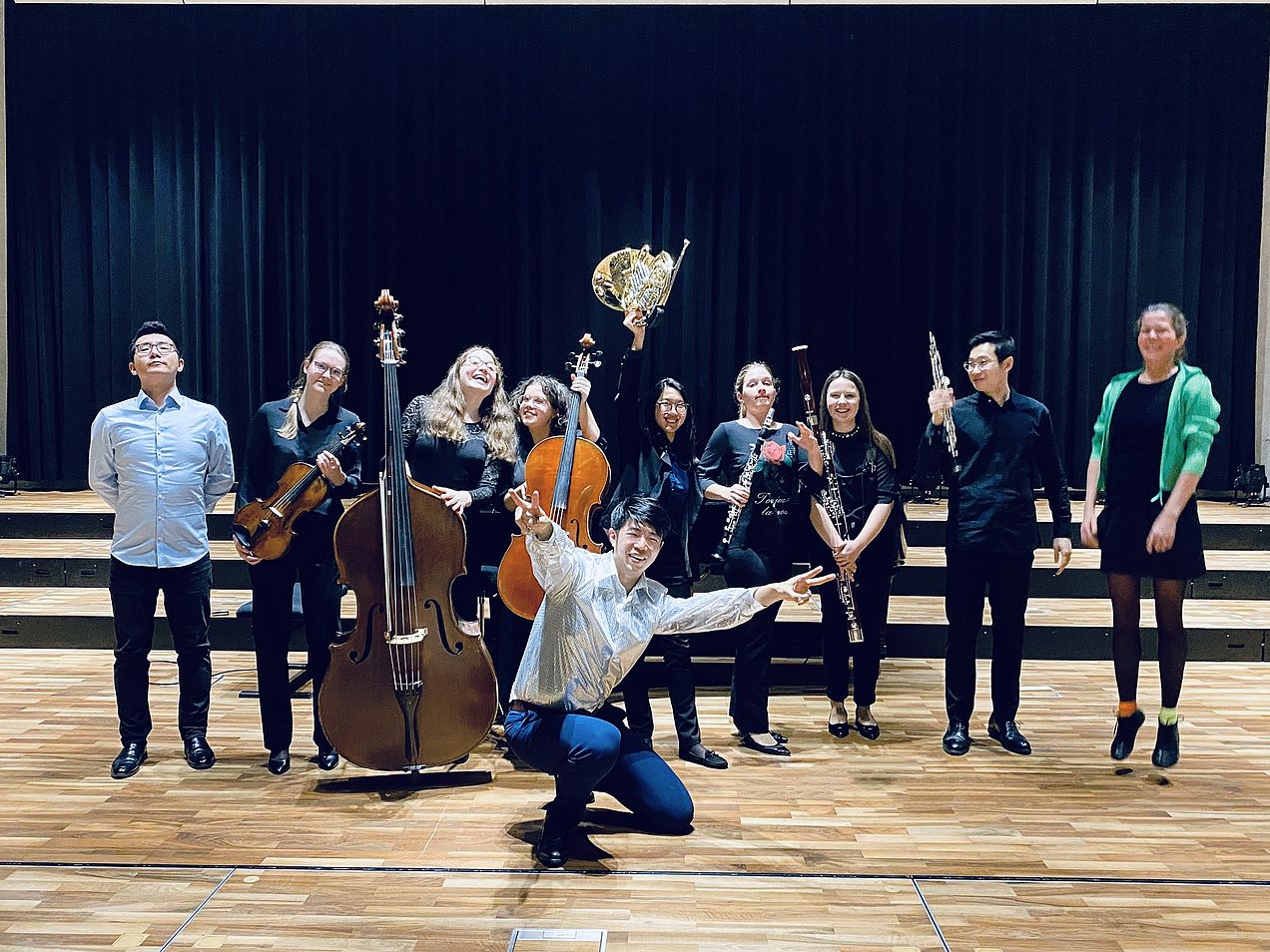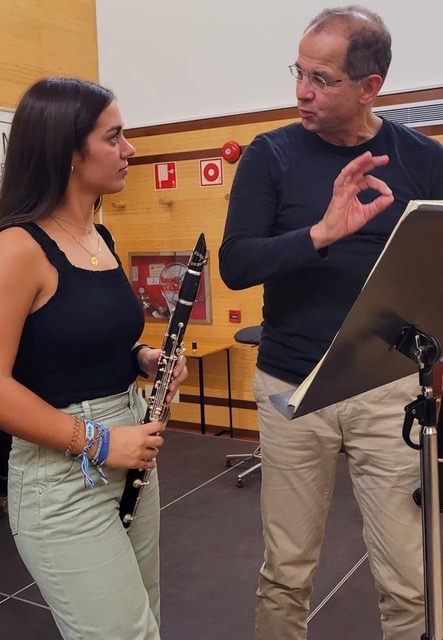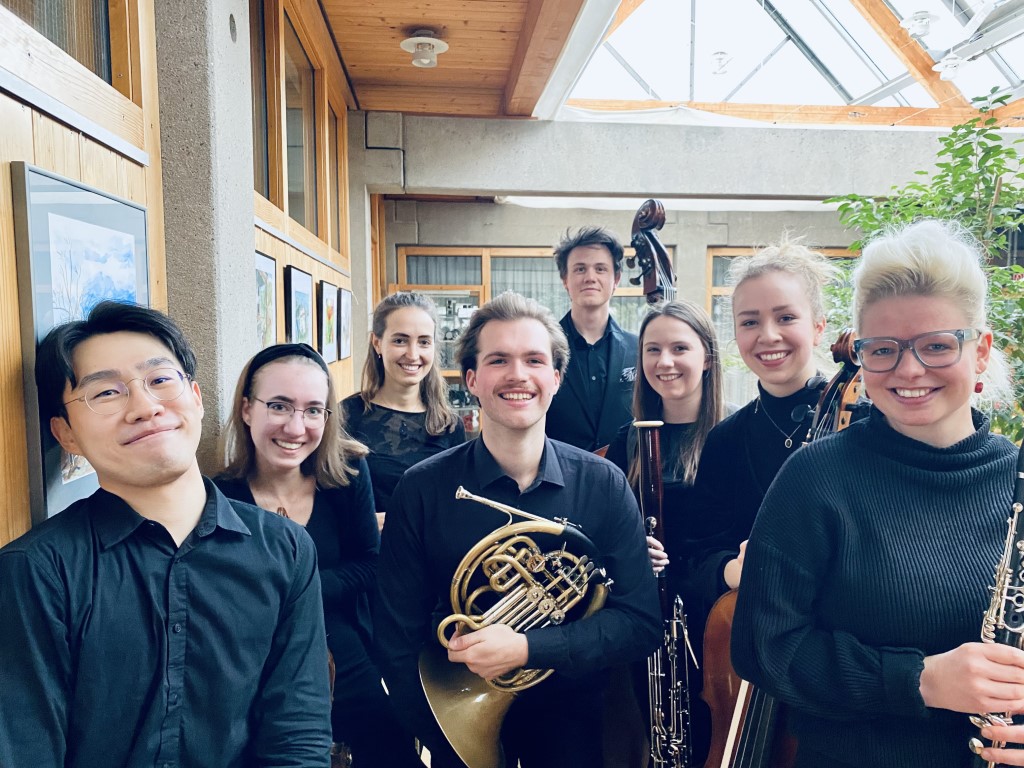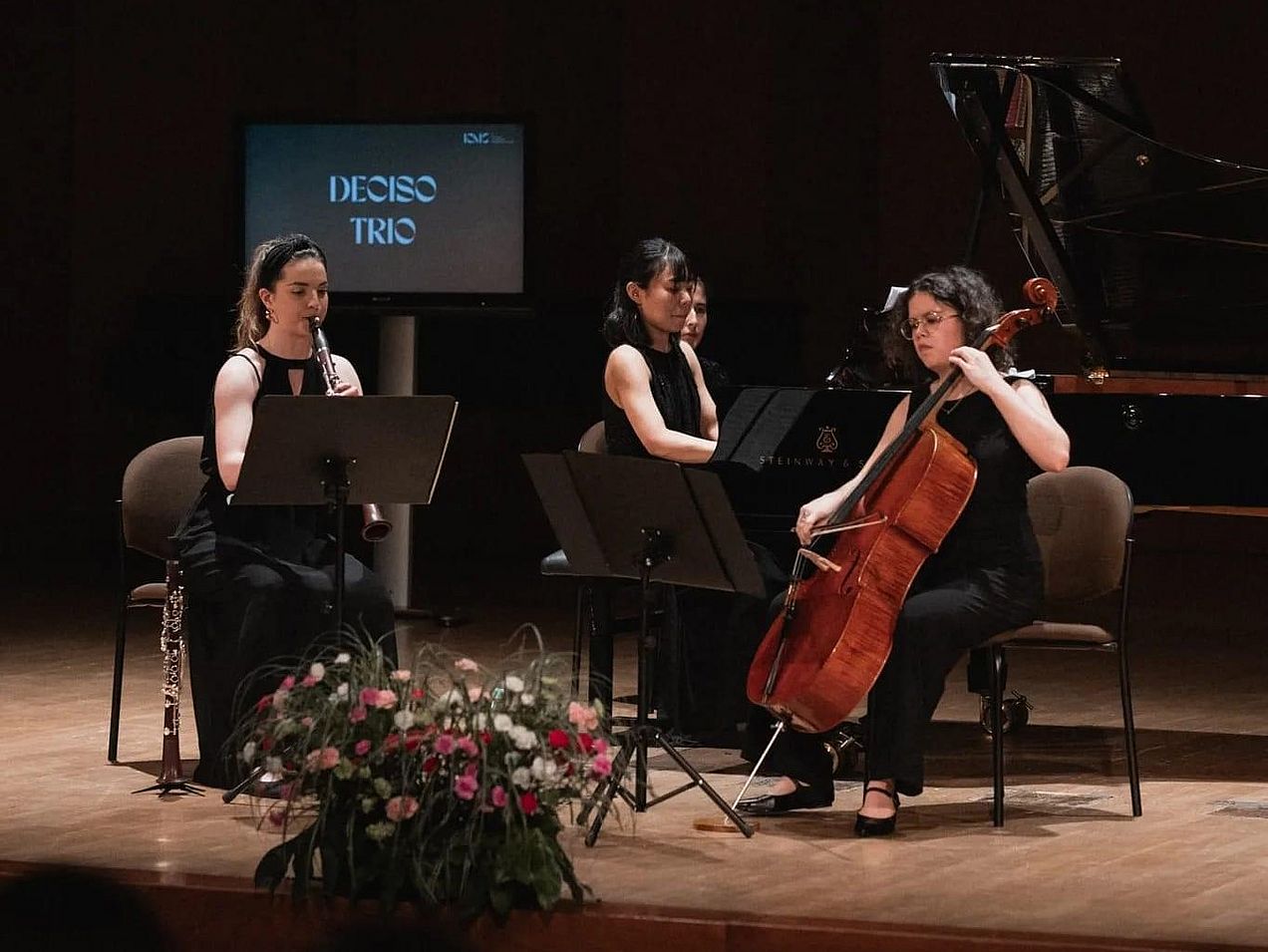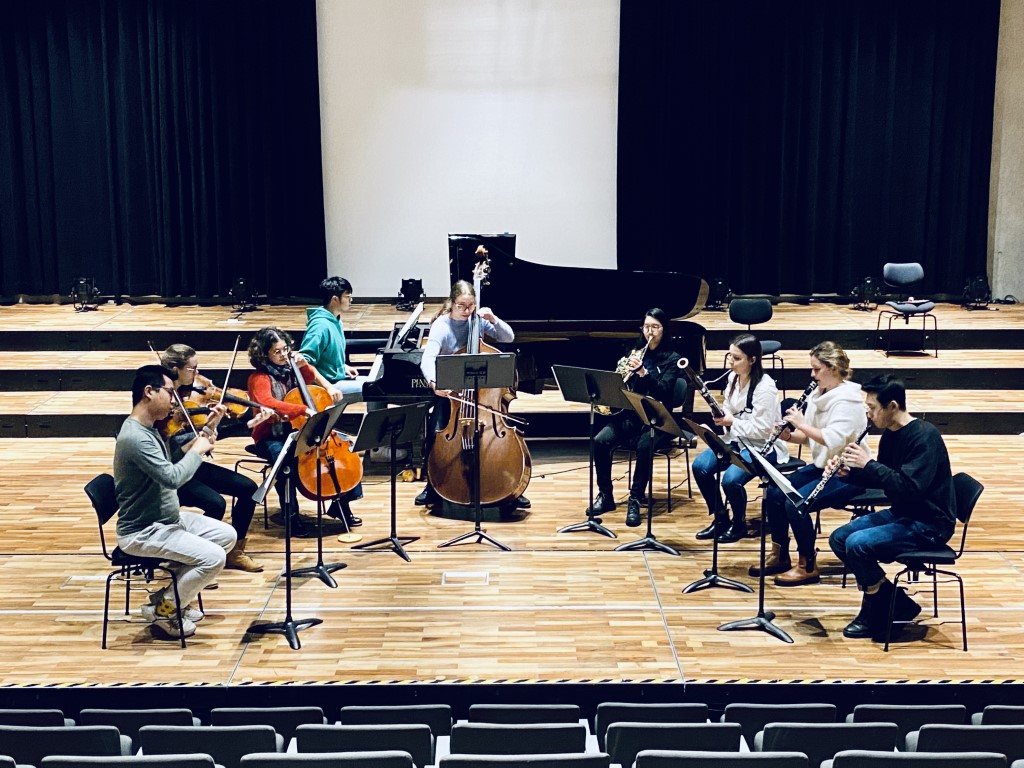What is it like to study at the Nuremberg University of Music?
- In addition to playing technique and sound quality, the focus is on sound musical knowledge and an individual's relationship with their instrument.
- Our team of lecturers in this programme ensures a creative and energetic working atmosphere.
- Close collaboration with contemporary composers enables our students to perform works written especially for them.
- Students learn about the latest innovations in instrument making and are given the opportunity to try out new performance possibilities.
- Regular instrument exhibitions at the University provide an opportunity to compare and test different instruments.
Secondary instruments have their importance
The secondary instruments are also given the importance that professional musical practice demands. These include the piccolo, oboe d'amore and English horn, E-flat and bass clarinets, and contrabassoon.
We encourage a high level of initiative - there are no limits to creativity and your own ideas are always welcome!
Project work in mixed ensembles and orchestra
Our extensive programme of interdisciplinary projects provides students with special inspiration for artistic and lively exploration of different works and other instruments. Chamber music projects, for example, regularly involve mixed instrumentation: Wind instruments with strings, with percussion or with voice and piano.
Music Education and Music Pedagogy encourage creativity and personal expression through regular project work in ensembles and orchestras.
High quality equipment
Our University has the highest quality instruments and the most modern machines and tools for making oboe and bassoon reeds.
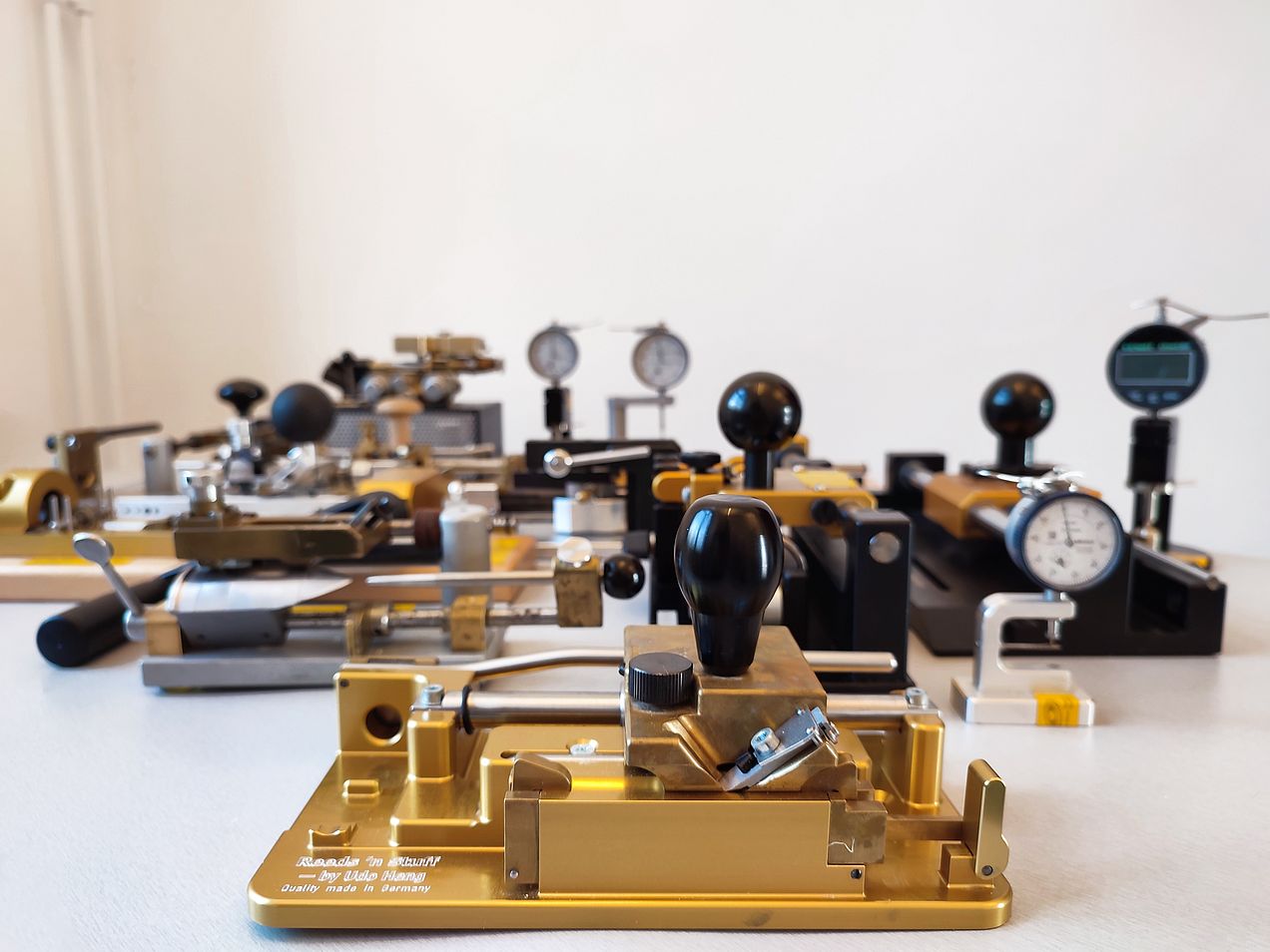
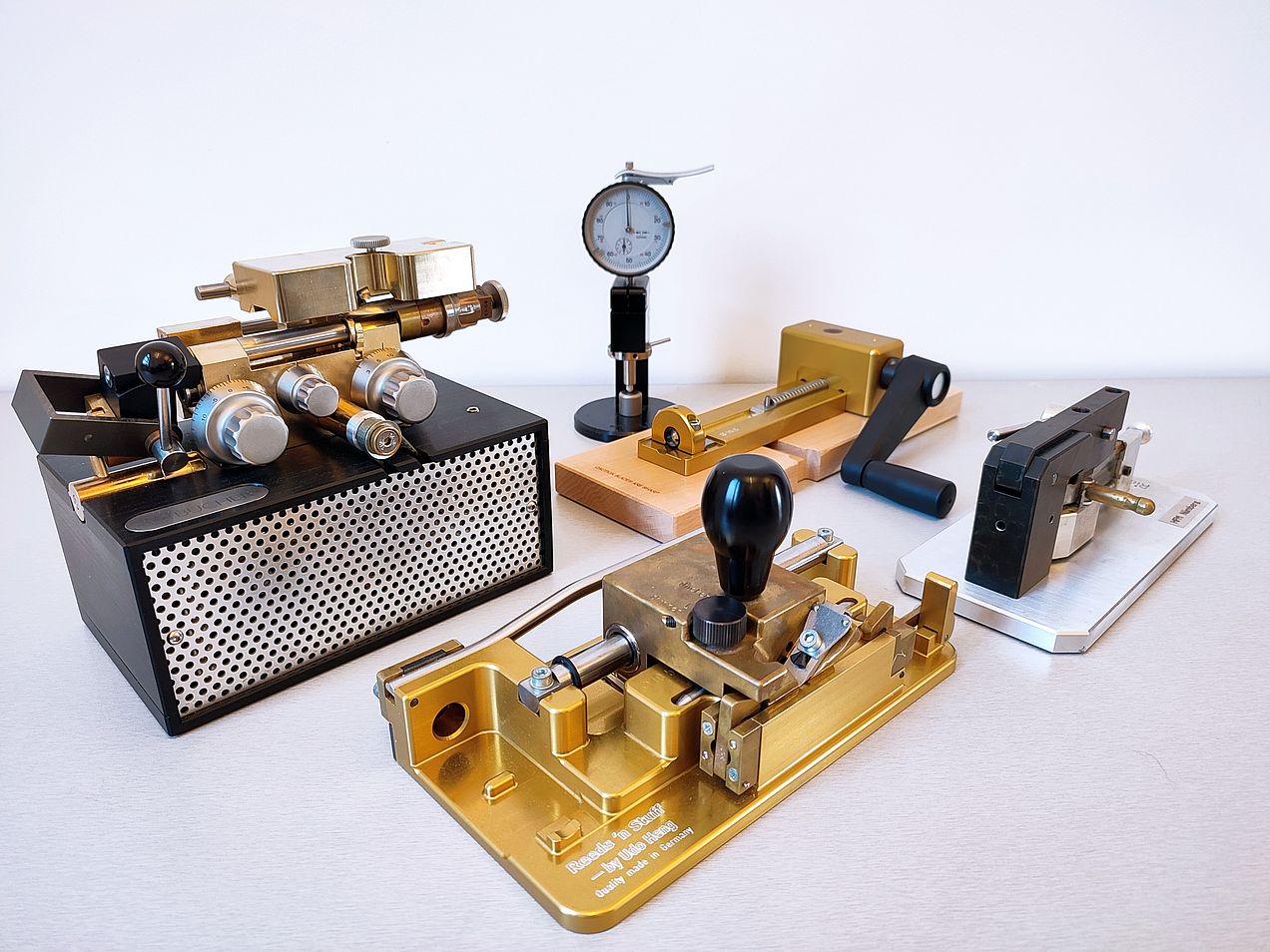
Possible careers
- Soloists
- Orchestra musicians (symphony orchestra, opera orchestra, chamber orchestra)
- Brass players and accordionists in various ensembles Early music ensembles, contemporary music ensembles, etc.
- Instrumental teachers
- Wind players and accordionists in music education
- Freelance artists
- Organisers of artistic projects
All members of this study area
Timea Acsai Orchesterstudien (Hauptfach)
Prof. Shirley Brill Klarinette (Hauptfach)
Phone +49 177 689 24 61
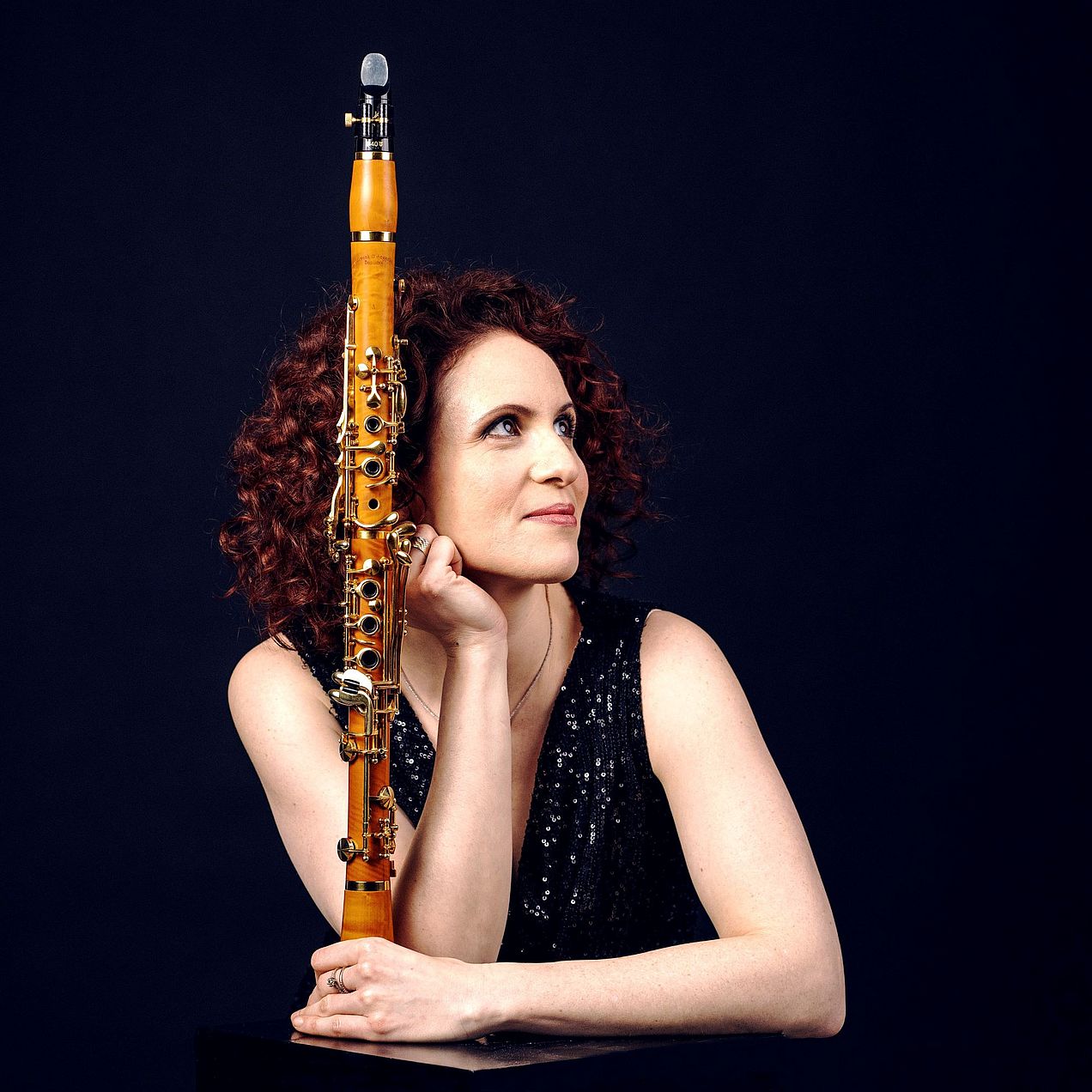
Prof. Clara Dent-Bogányi Oboe (Hauptfach)
André Dolabella Unterrichtsbegleitung, Korrepetition
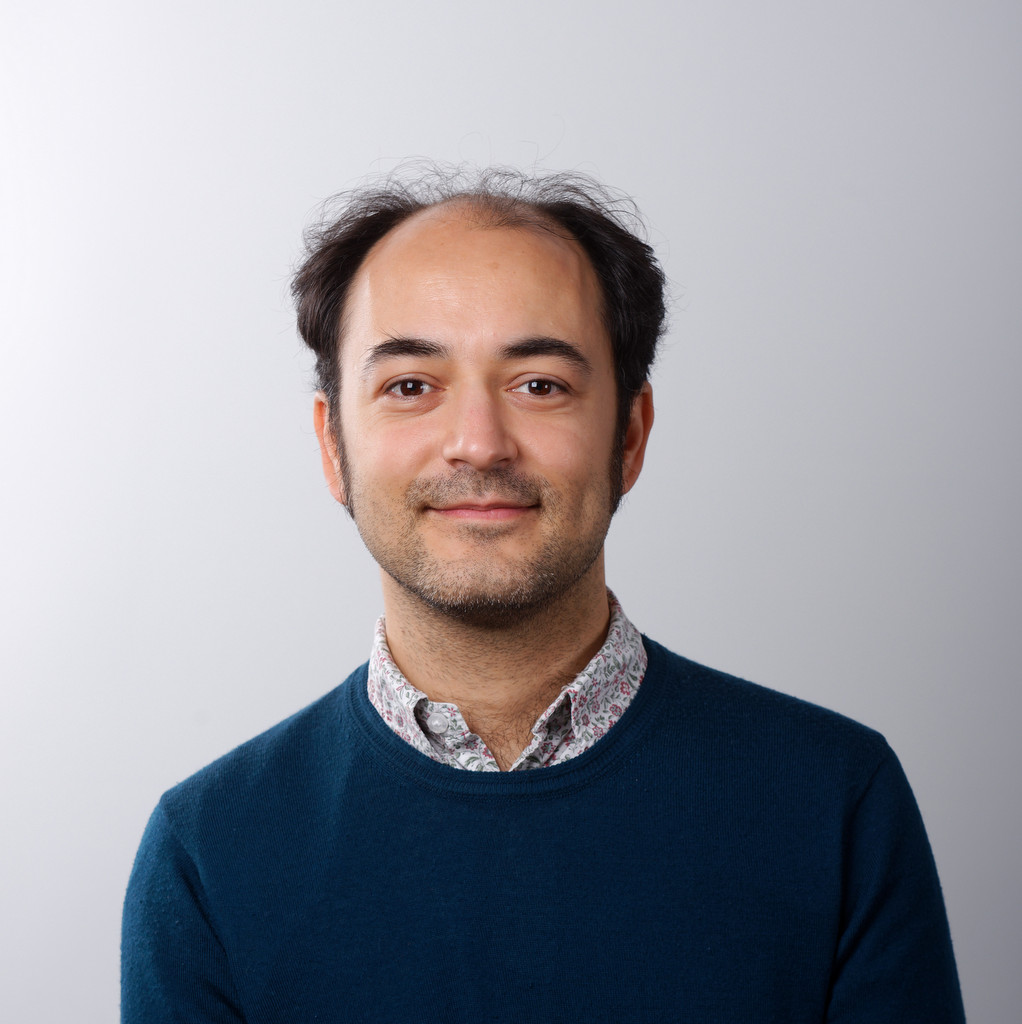
Dr. Razvan Costin Filipoiu Korrepetition
Phone +49 911 / 248 71 30
Mobile +49 176 / 227 12 107
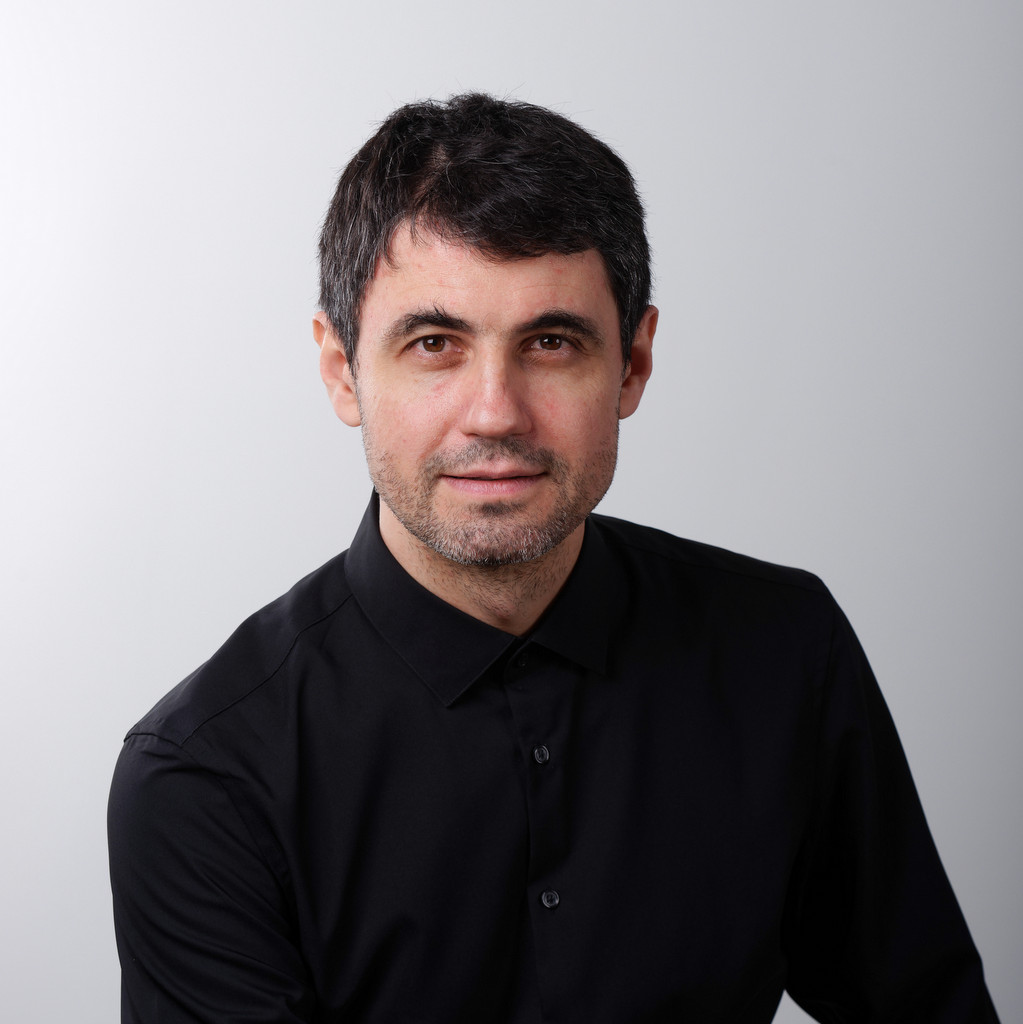
Prof. Marcos Fregnani Flöte (Hauptfach)
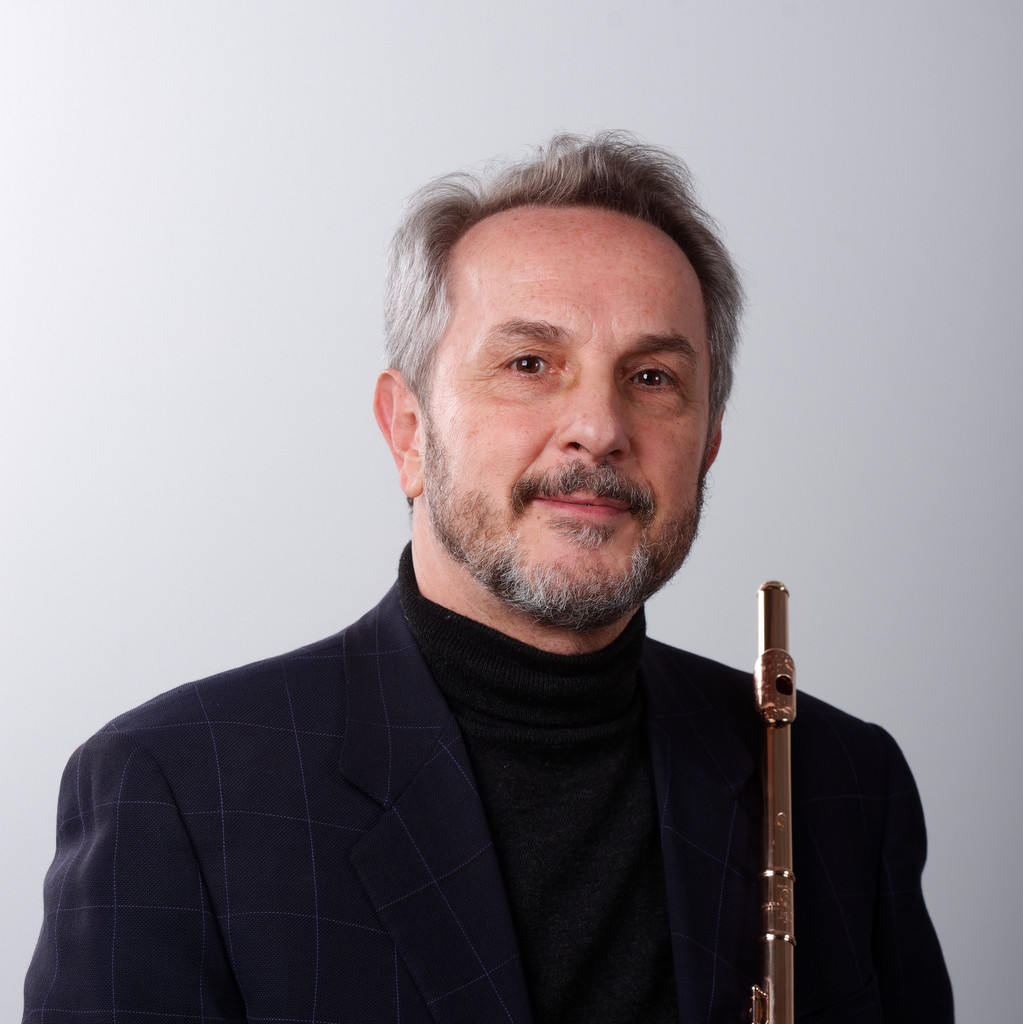
Sofia Fuss Fachdidaktik Saxophon, Saxophon
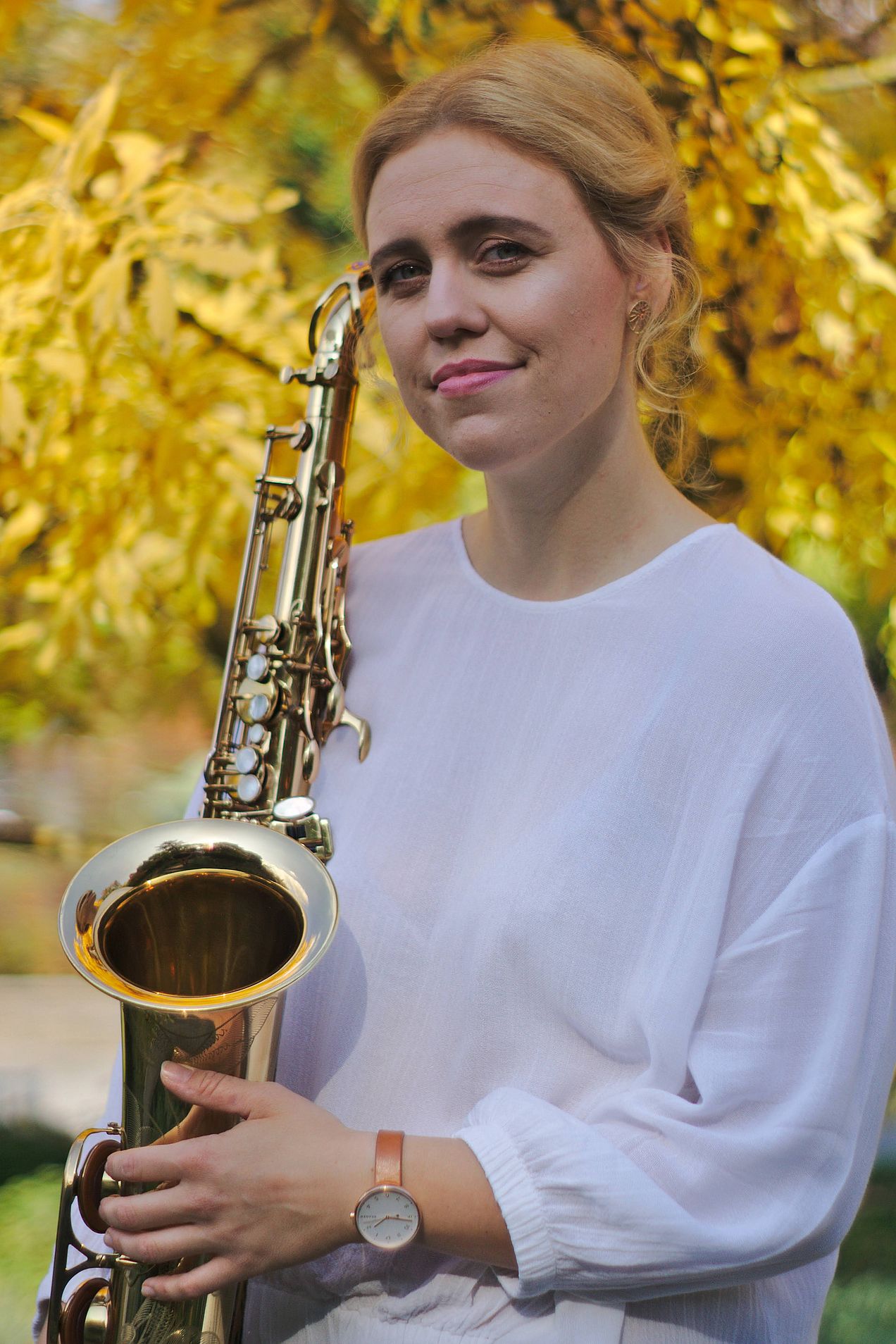
Ivan Gerasimov Rohrbau und Fagott
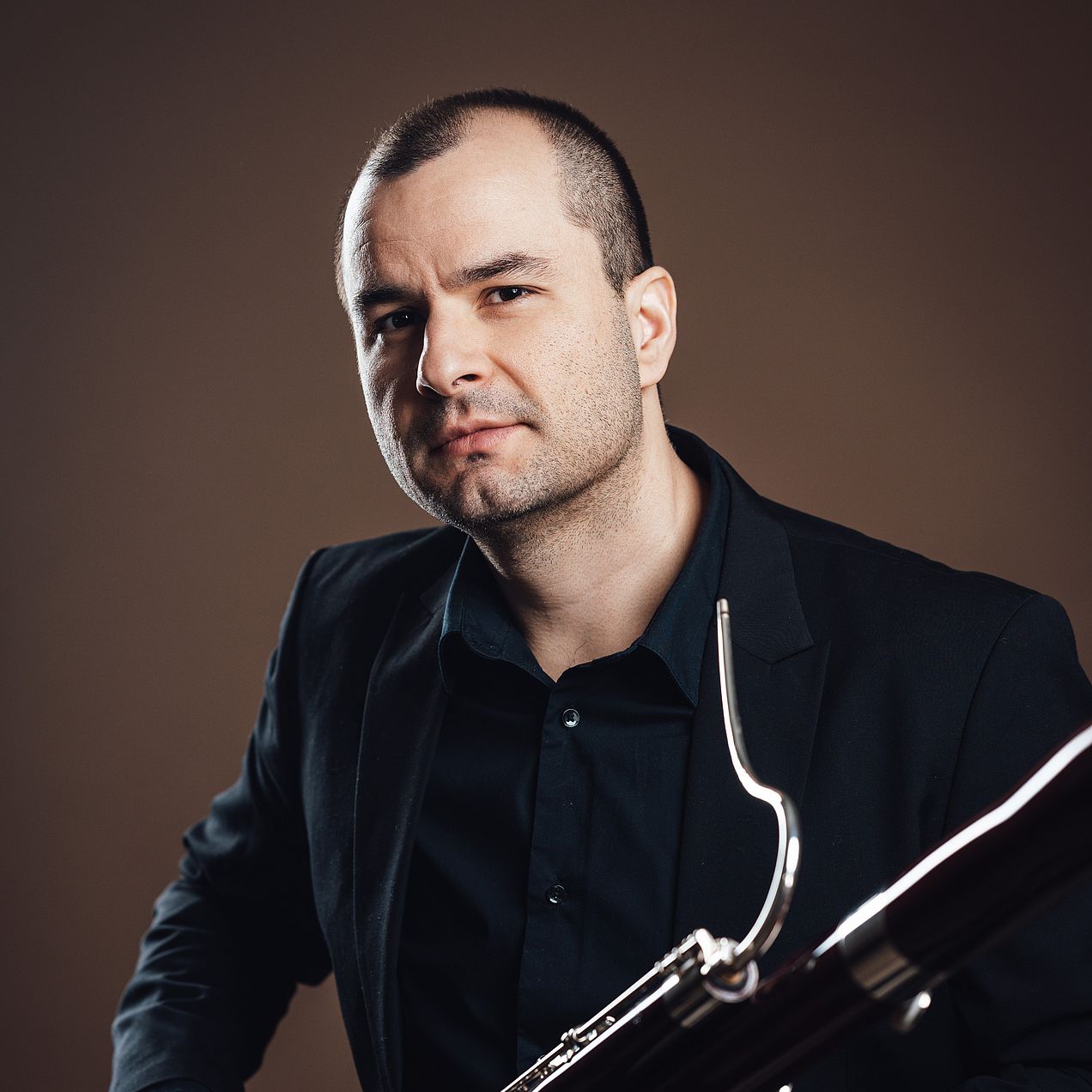
Prof. Klaus Graf Jazz-Saxophon (Hauptfach)
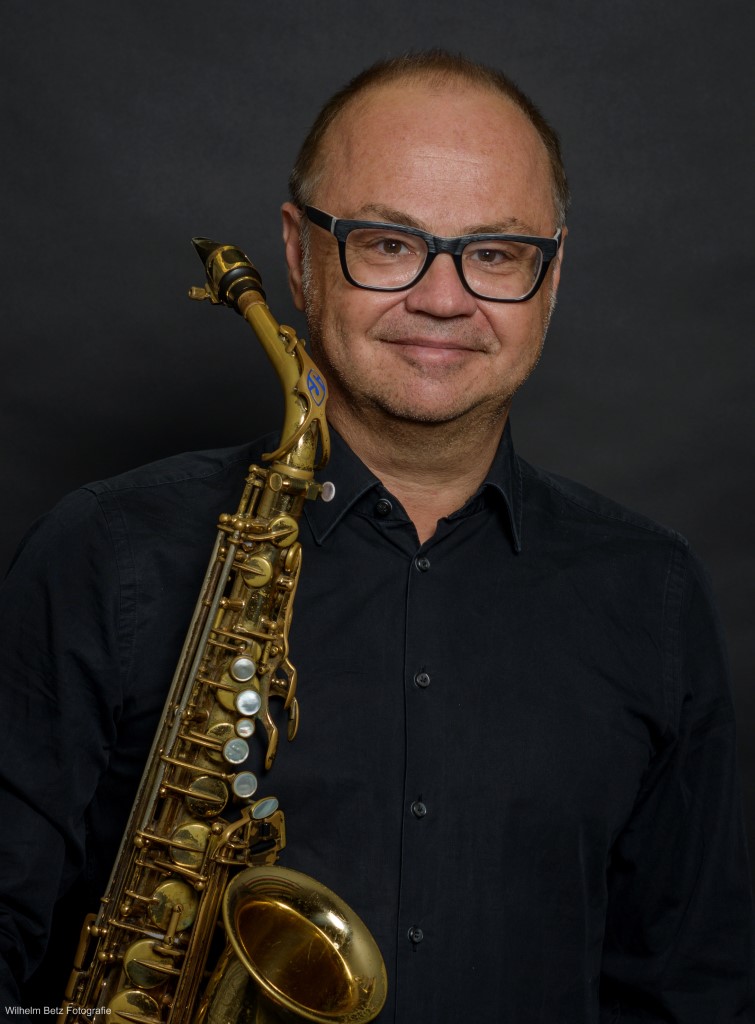
Edita Hakobyan Korrepetition

Birgit Heller-Meisenburg

Matthias Höfer

Michiru Ito-Schallmayer Korrepetition, Klavier
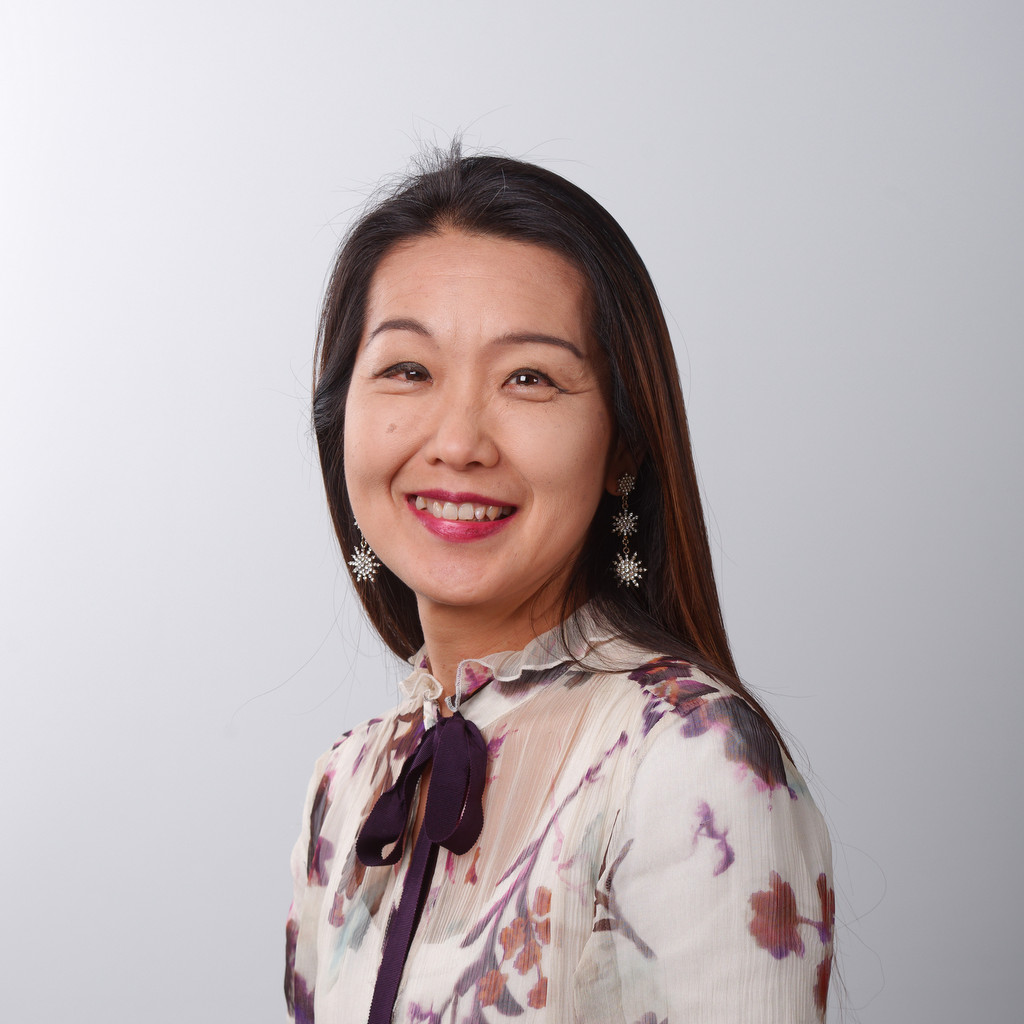
Prof. Nina Janßen-Deinzer Kammermusik Holzblasinstrumente, Aktuelle Musik
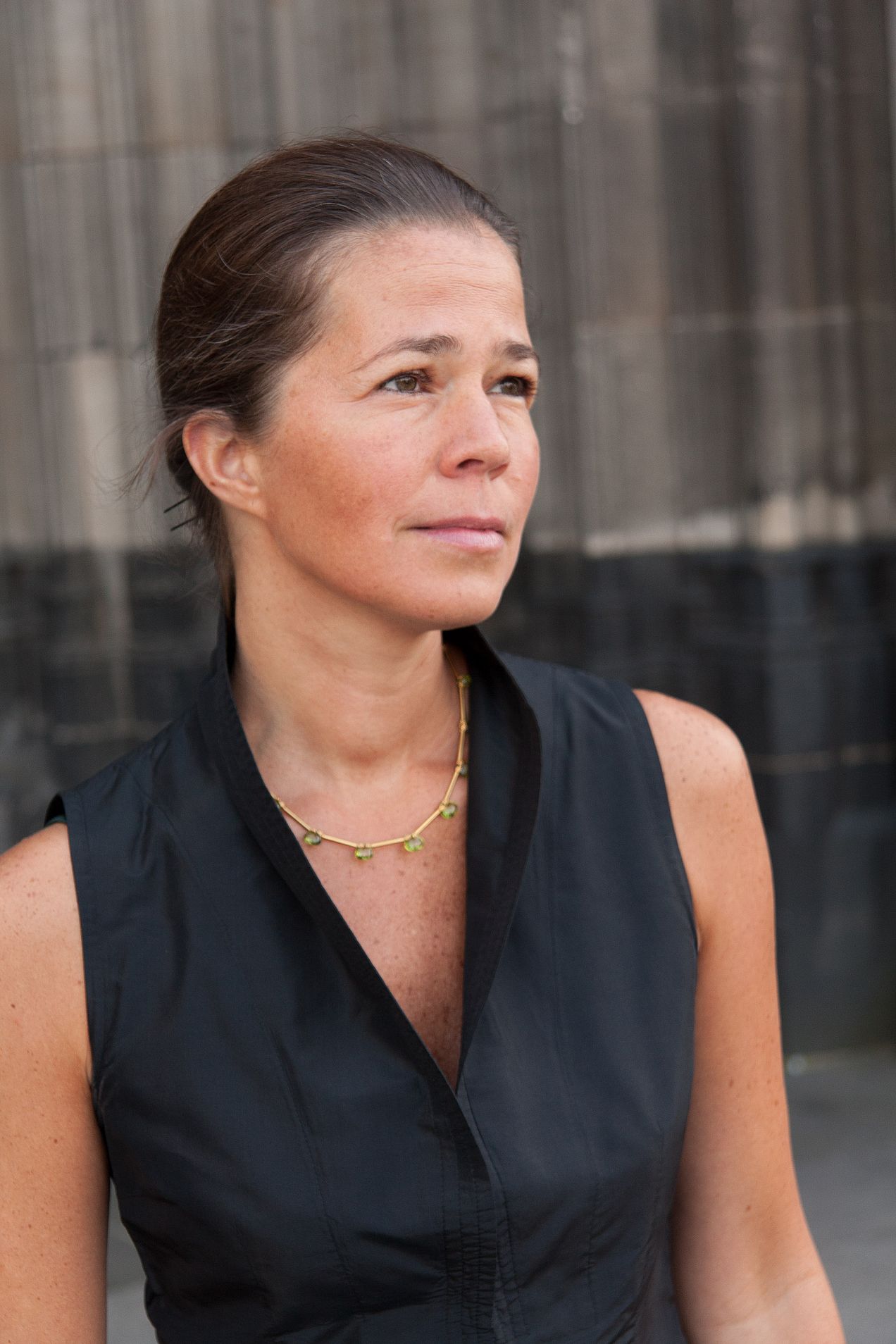
Heejung Kim Korrepetition instrumental (Hauptfach)
Mobile +49 176 / 641 74 - 801
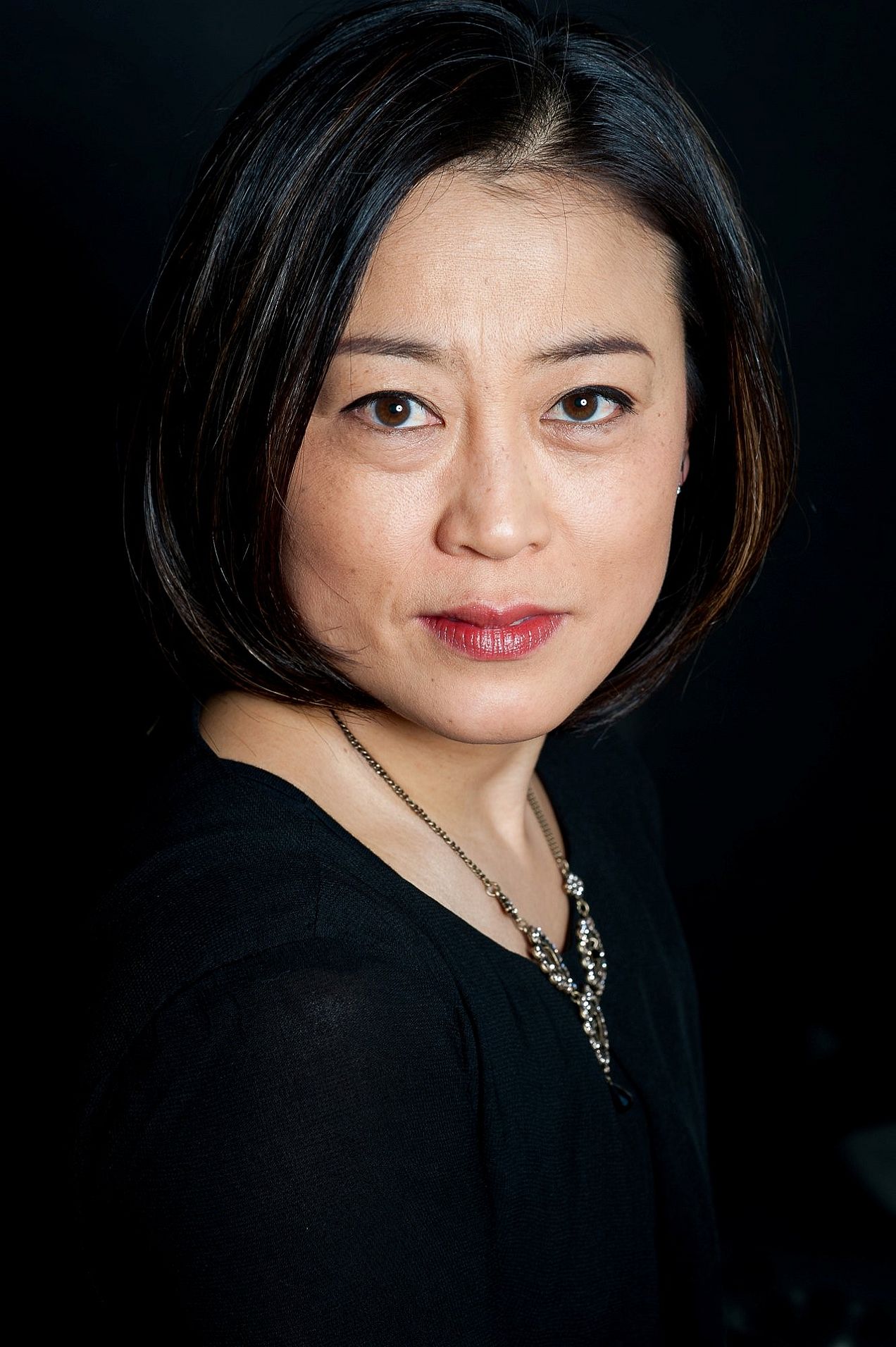
Prof. Ralf-Jörn Köster Oboe (Hauptfach), Kammermusik, Rohrbau Oboe
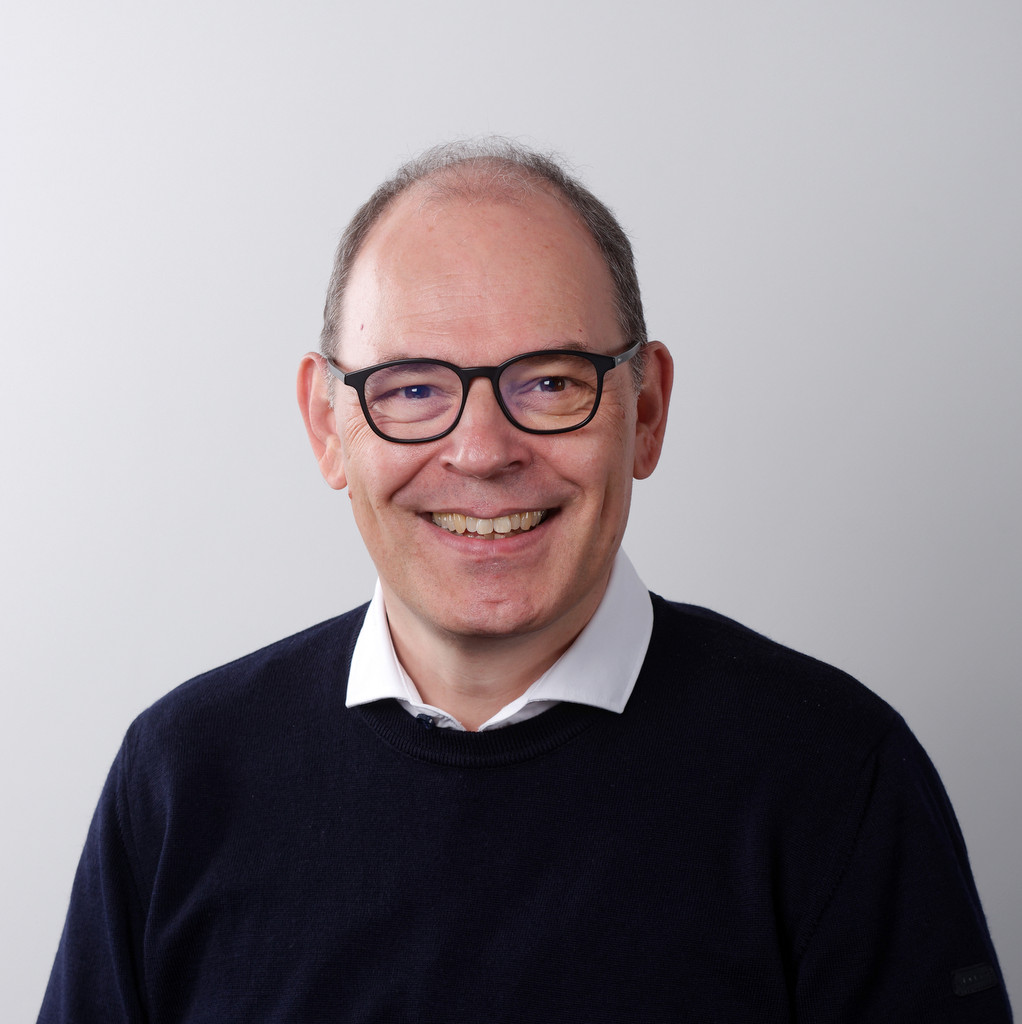
Prof. Nikolaus Maler Fagott (Hauptfach)

Alice Morzenti Querflöte (Hauptfach)
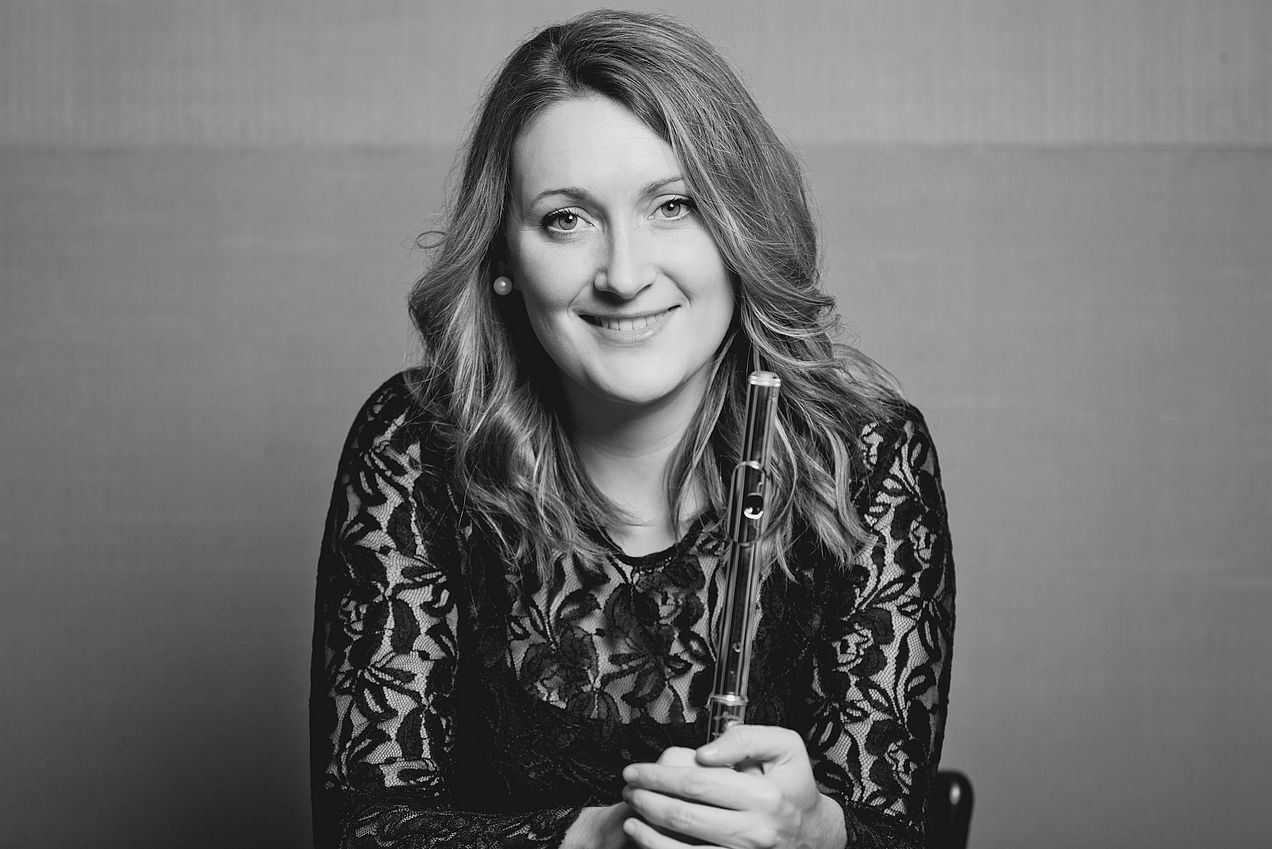
Haruko Nakajima Piccolo-Flöte

Corina Nastoll Fachdidaktik Querflöte

Simone Preuin Rohrbau Oboe, Englischhorn, Oboe
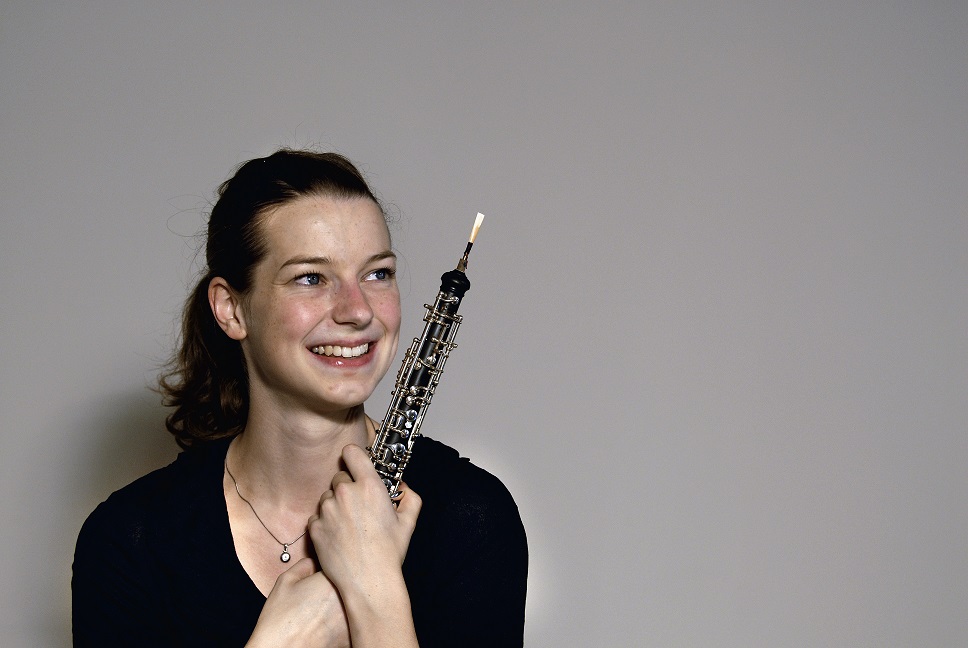
Dmitry Rodionov Korrepetition
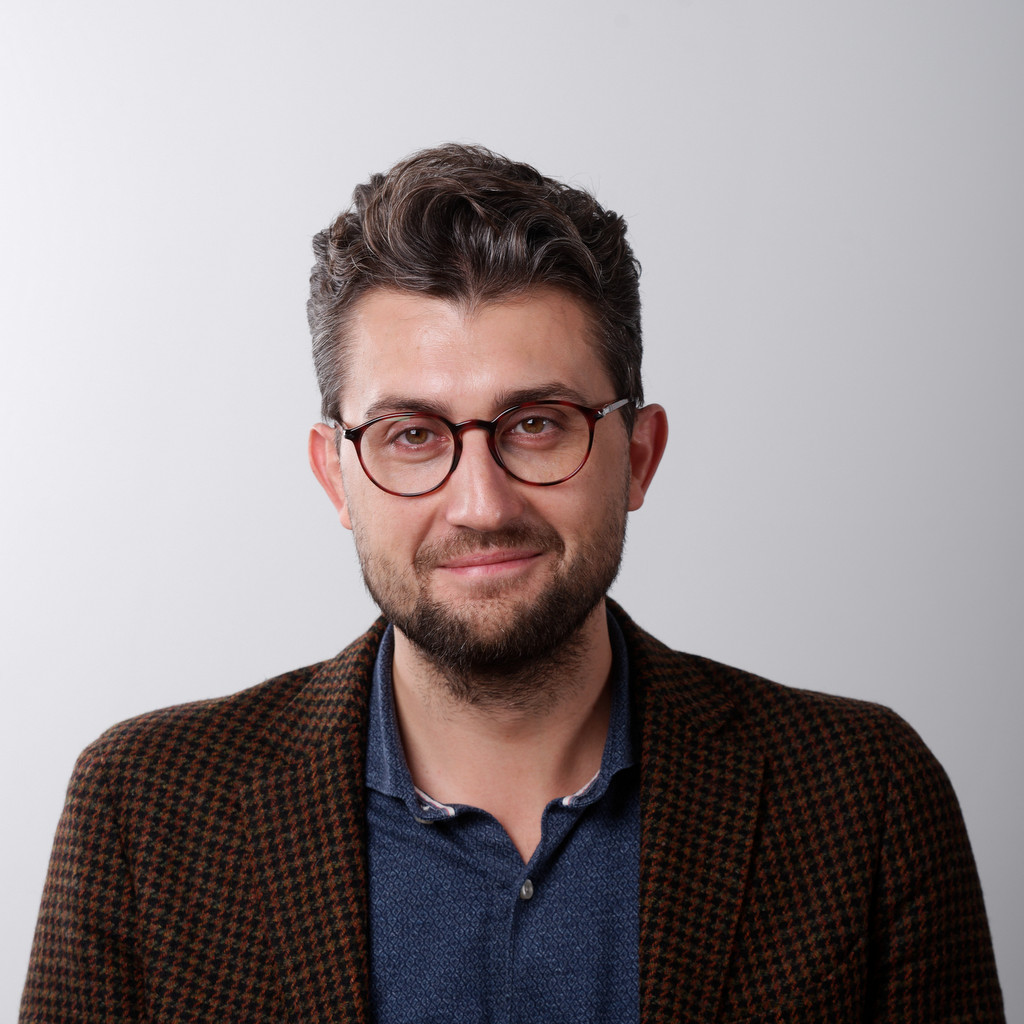
Thomas Sattel Klarinette, Bassklarinette (Hauptfach)
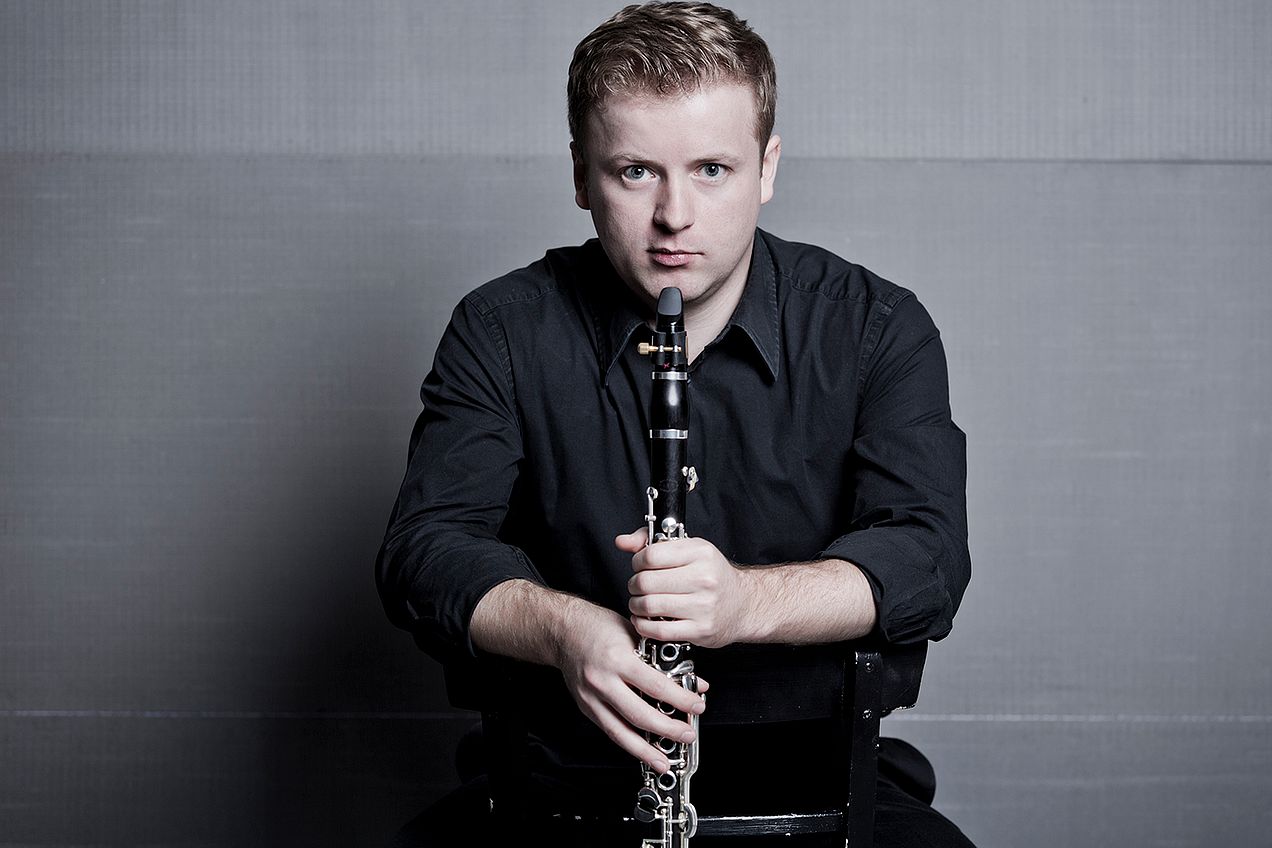
Prof. Steffen Schorn Jazz-Arrangement (Hauptfach), Komposition
Mobile +49 176 / 801 79 - 058
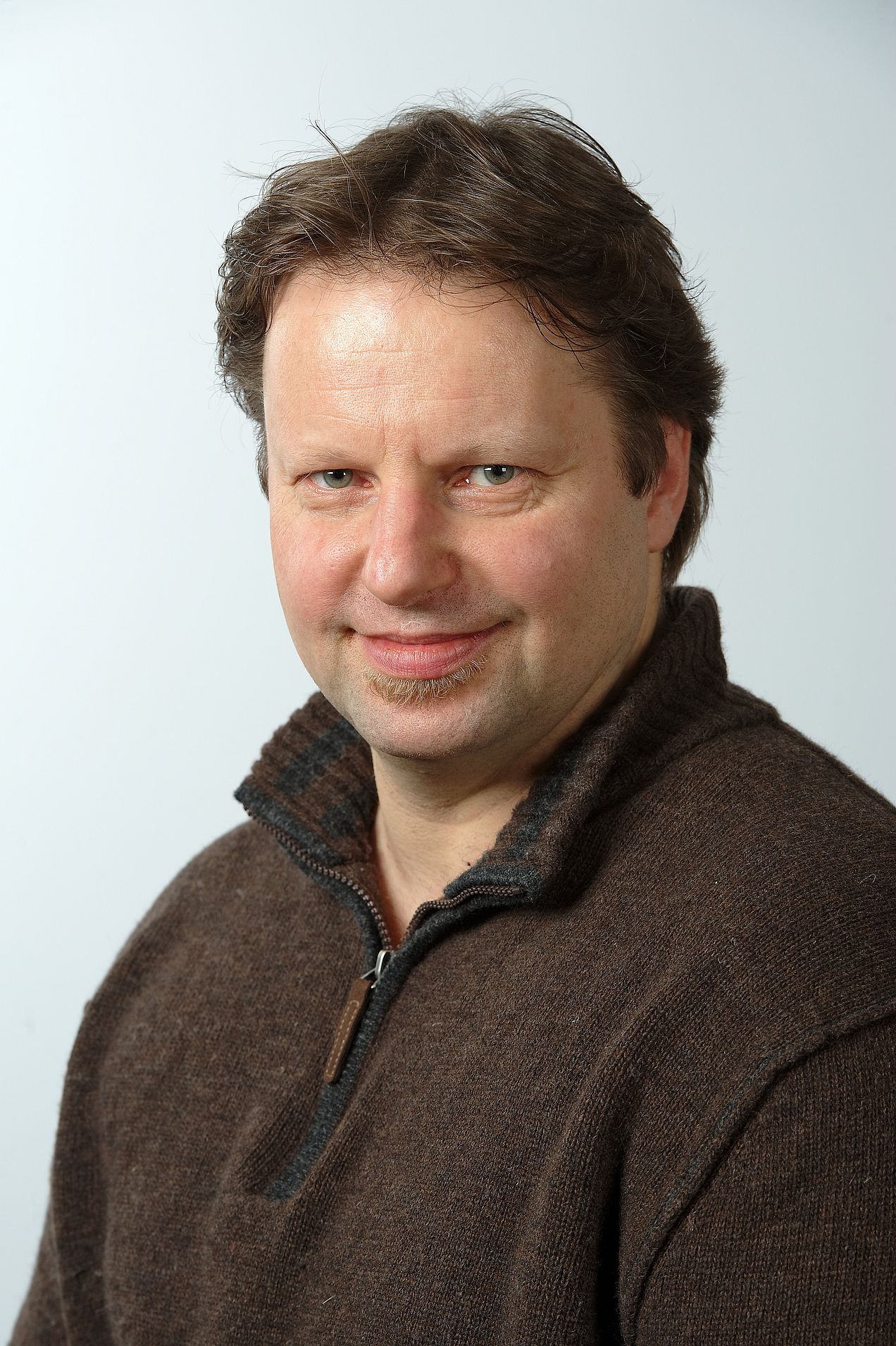
Sonja Sengpiel Fachdidaktik Oboe, Fagott
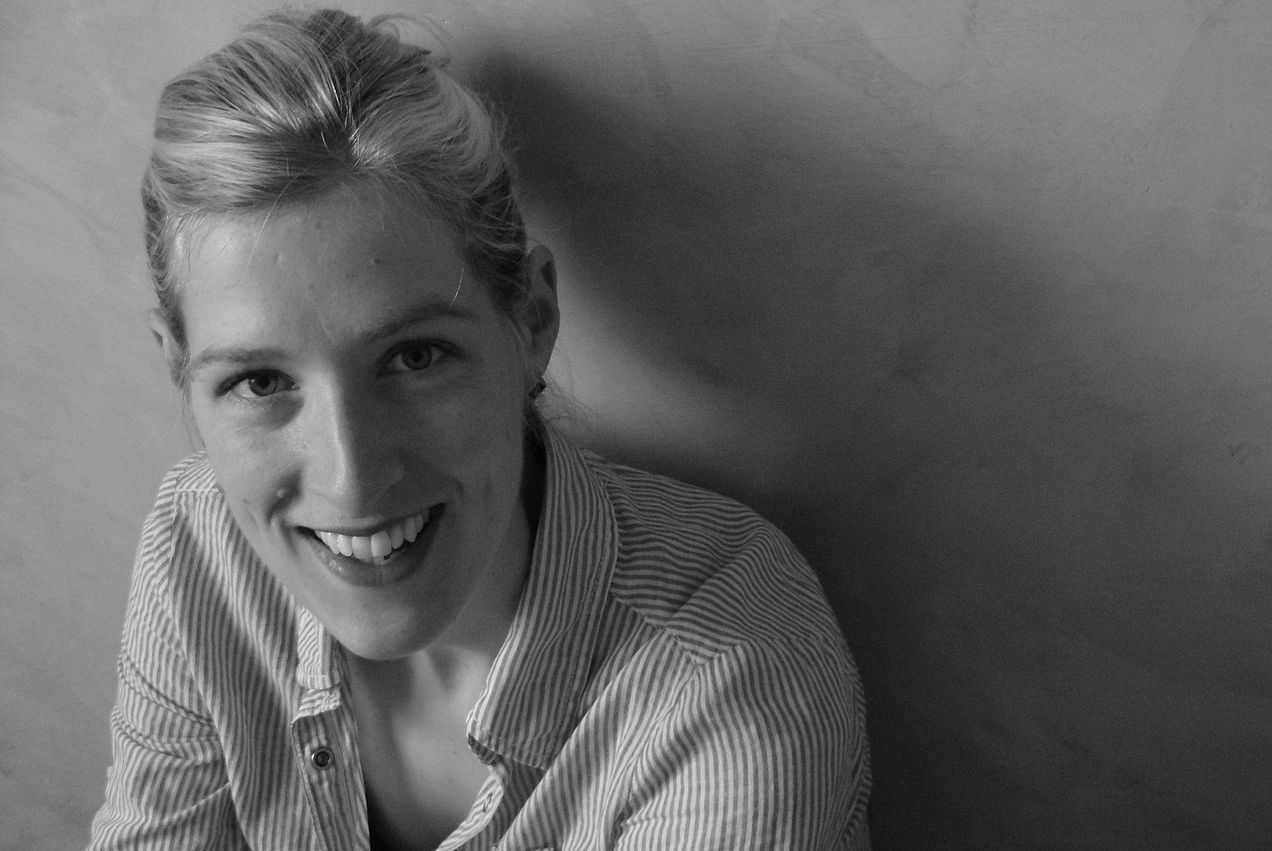
Nicole Spuhler-Clemens Es-Klarinette
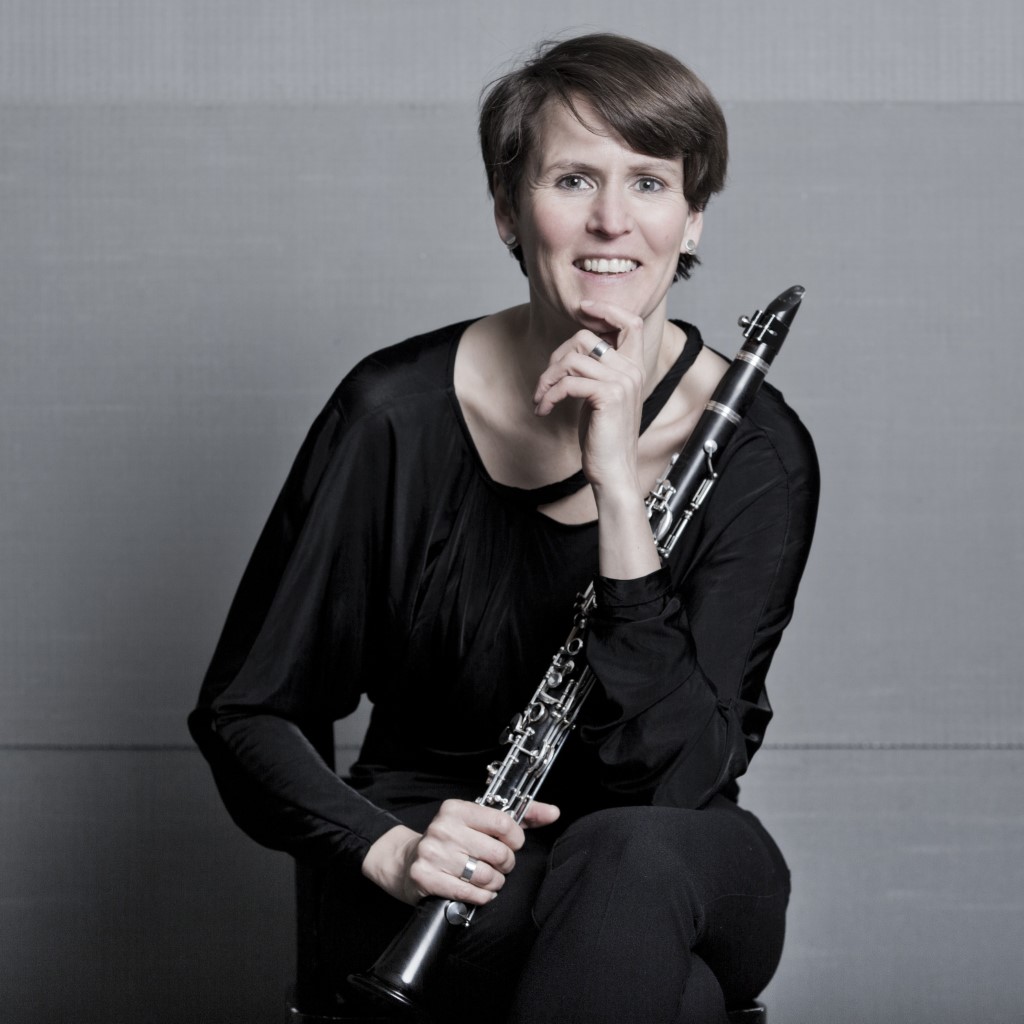
Prof. Patrick Stadler klassisches Saxophon
Mobile +49 177 / 283 50 - 43
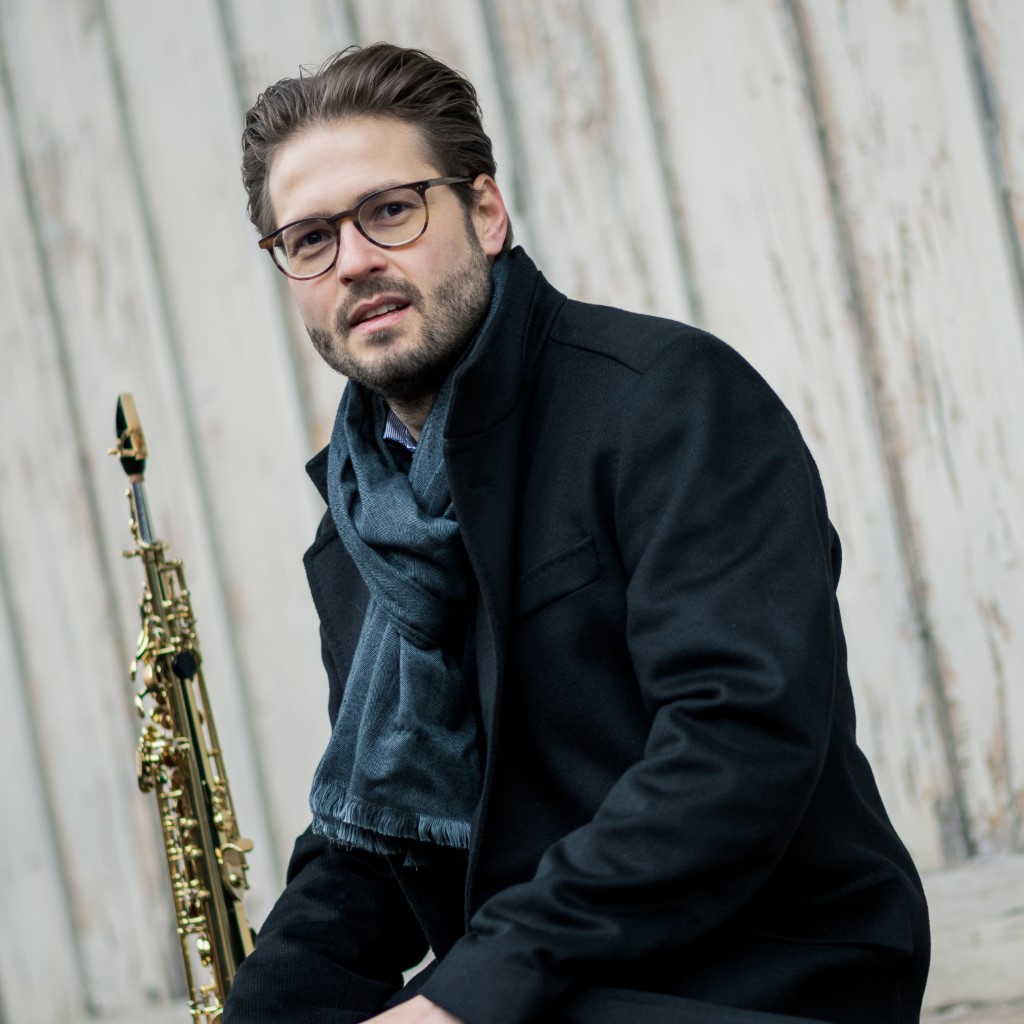
Erkki Suomalainen Kontrafagott, Rohrbau,

Kai-Na Syu Rohrbau Oboe

Gordian Teupke Korrepetition, Unterrichtsbegleitung, Klavier
Mobile +49 177 / 278 11 - 49
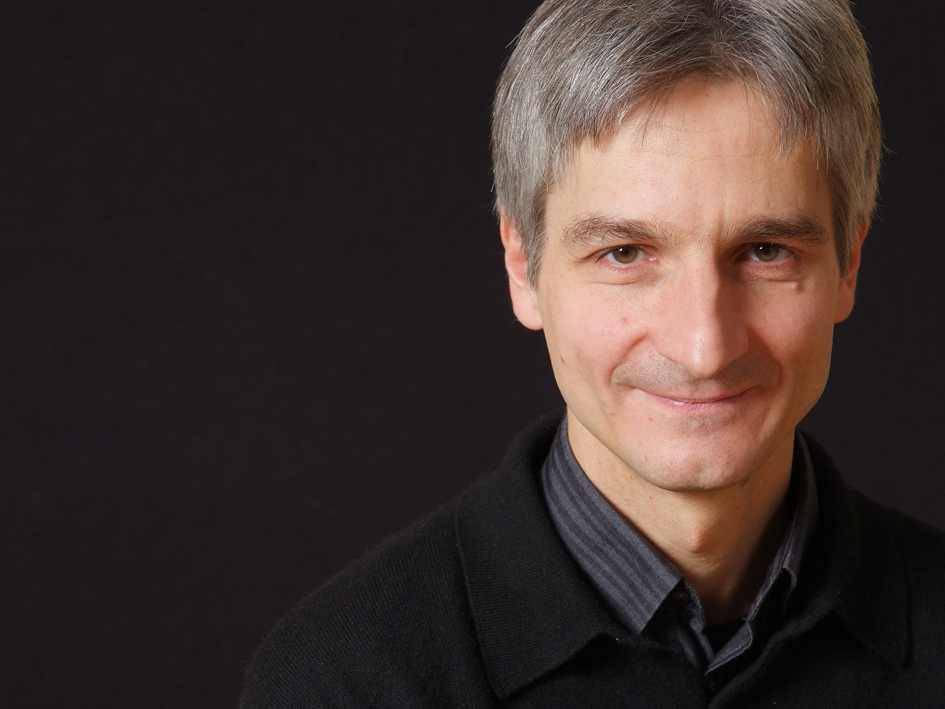
Prof. Günter Voit Klarinette (Hauptfach), Fachdidaktik Klarinette
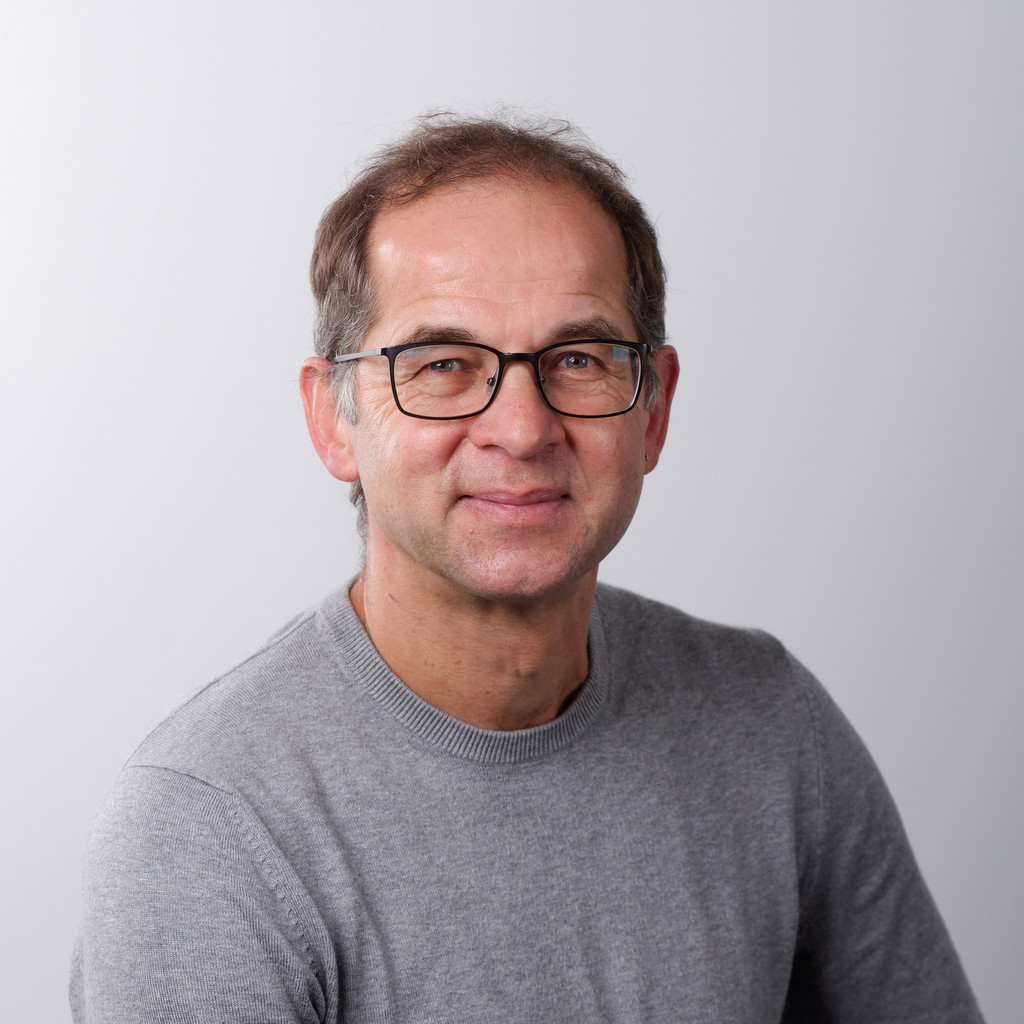
Wenting Xu

Olga Zalogina Korrepetition

